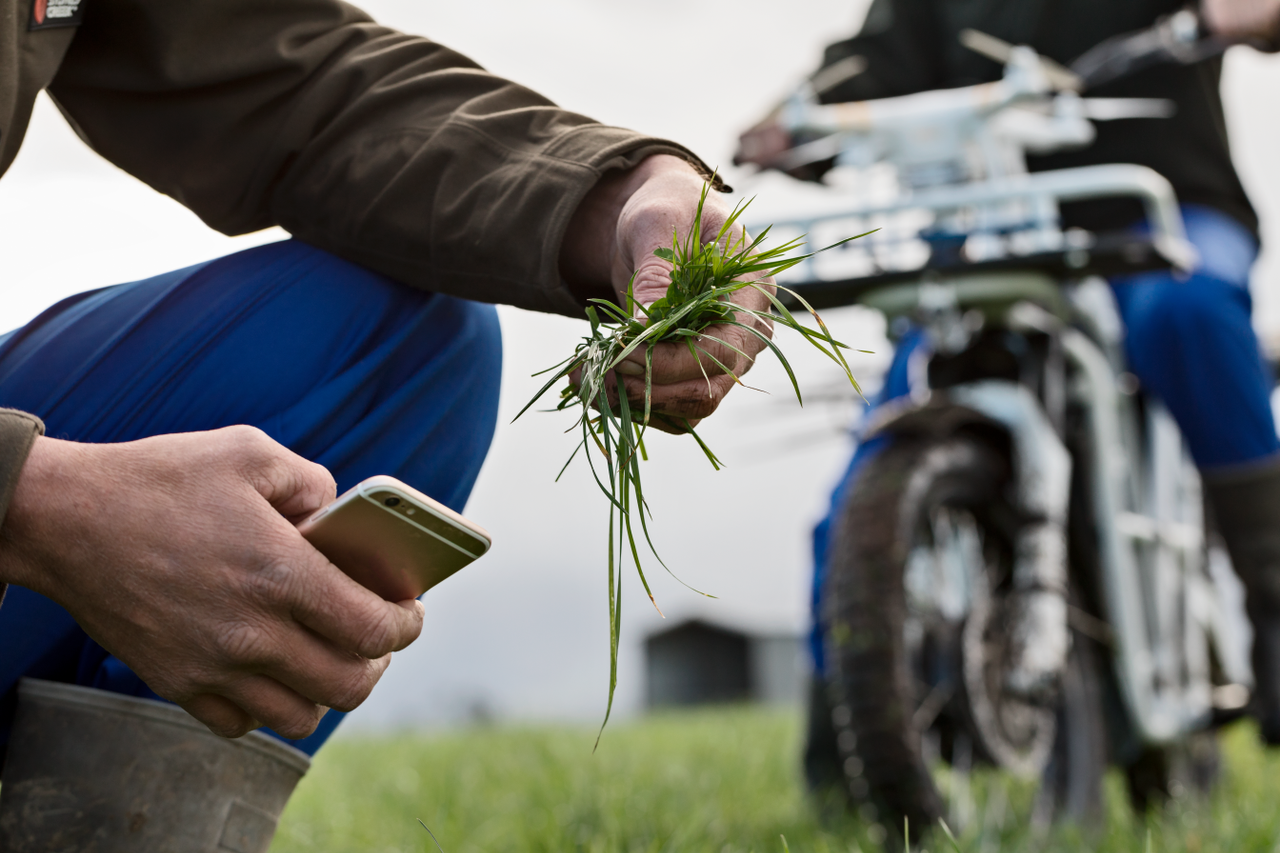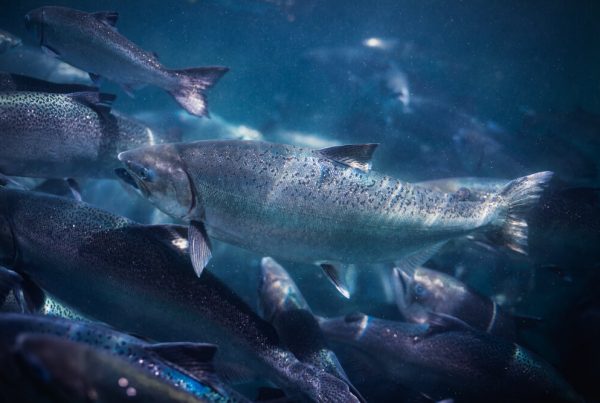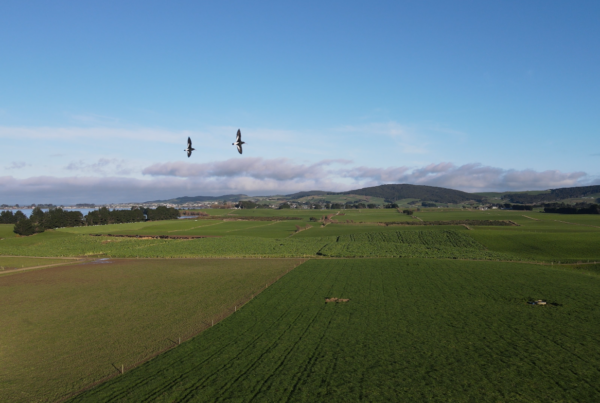Time and time again we are being told that our farming system is broken – that we will not be able to sustain the amount of food we are producing to meet the demands of our growing population. Media coverage of carbon emissions and the degradation of our water resources are at an all-time high, whilst soil health and biodiversity levels are barely mentioned.
There is a lack of support and resources for farmers in the NZ. We are using damaging practices to meet the demand for food. And yet, that demand is not being met. So what’s going wrong? We must find a way to produce more food, in a more sustainable way – causing less environmental damage.
Some suggest the solution lies in changing our diets, to buy from local sources and to reduce meat consumption where possible. Or, a move away from traditional farming and implementing regenerative and organic practices as the possible key to the future of sustainable farming.
Natural doesn’t always mean better
Many champion a return to traditional and organic agriculture as the ultimate sustainable option. Moving away from intensive farming of the land to enable farmers to protect and restore the health of our soil.
A completely organic and regenerative food production system is appealing. However, it is important to acknowledge that these methods produce less food, with the same amount of land. “Natural” methods of food production are effective and sustainable, but in some ways, romanticised.
Nature can also be unforgiving and unfair, bringing along with it its own range of issues for the farmer or grower. It’s why many of the unsustainable practices we criticise today were developed in the first place. An unexpected change in weather conditions or a pest infestation can be devastating to farms, crops, and a disappointing yield can have huge consequences for both farmers, growers and consumers.
Producing less food is simply not an option – we need to find a way to intensify food production without having to industrially farm our natural environment. Therefore, we see reducing synthetic fertiliser use and increasing the use of natural bio-stimulants such as Fish IT as a low impact solution to maintaining production levels alongside sustainable practices.
Giving nature a helping hand with balance
The use of synthetic fertilisers are hugely beneficial but too much of a good thing is just that – too much of a good thing. It creates instant plant growth and that’s a great short-term solution for farmers and growers motivated to increase yields. This approach however ignores soil health considerations. A healthy soil is productive sustainable and resilient to withstand the impacts of farm management practices and changing climatic conditions. Healthy soils undertake many functions for healthy plant growth, including storing and providing water and nutrients, maintaining biological activity.
Soil organic matter makes up a small component of the soil mass, yet it has an important role in the functioning of the physical, chemical, and biological properties of the soil.
Ultimately, improving soil health can lead to better plant establishment, growth and ultimately productions.
Management practices
Because every farming environment is unique, the following management options aren’t the panacea. We aim to help you to understand your options for improving the condition of your soil by improving soil structure, reducing losses of carbon, nitrogen and building soil organic matter. By improving soil condition it will ultimately enhance the plants’ ability to access nutrients; capture and retain soil moisture for longer; and reduce losses of nitrogen to the atmosphere, groundwater, and waterways.
There are ways to improve soil health while also increasing productivity, water holding capacity and nutrient cycling. Overall these practices target the reduction of input costs and produce wider land management benefits, whilst responding to regulatory changes.
Monitor soil nutrient levels:
- Test your soil to check the nutrient status and structure to develop a plan to improve constraints to nutrient and water access e.g. physical (structure, compaction, drainage), chemical (pH, salinity, toxicities/deficiencies), and biological (micro-organisms).
- Monitor soil organic matter/soil organic carbon over time via testing. We recommend adopting Graham Shepherds Visual Soil Assessment (VSA).
- Manage soil structure to maximise water infiltration and retention for plant uptake and aeration.
Consider application of soil amendments:
- Addition of organic amendments where practical and economically viable.
- Manage livestock manure to minimise nitrous oxide emissions
Manage the soil resource:
- Use direct drill, minimum/conservation tillage and controlled traffic techniques in cropping operations to avoid compacting soils and losing carbon and nutrients through soil cultivation and erosion.
- Cultivate soils at an appropriate moisture content
- Avoid over fertilising, use available nitrogen and avoid losses by leaching.
Balance, as opposed to steep change
Ultimately moving away from synthetic fertilisers towards bio-stimulants won’t be the silver bullet for farmers, but there is a real opportunity to include bio-stimulants in the mix, while reducing fertiliser use to create sustainable food production systems right now, for a better future.
Perhaps the most exciting prospect of our farming future is that innovation is resolving our challenges. As we acknowledge and move away from traditional practices and move towards more sustainable, ethical and holistic methods of growing food, we can look to agri-innovation to provide solutions, fill gaps, and strengthen the food production and consumption infrastructures of the future. Its an exciting time for innovators, farmers and consumers!



